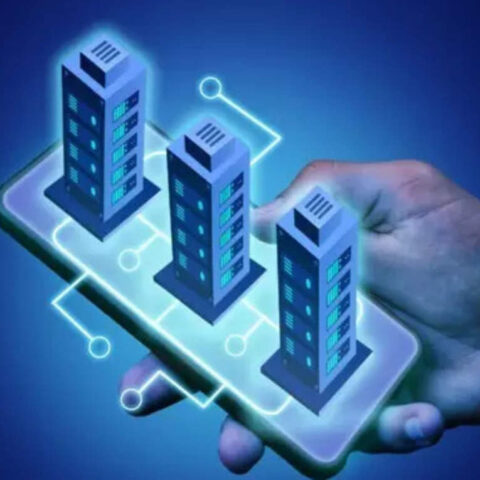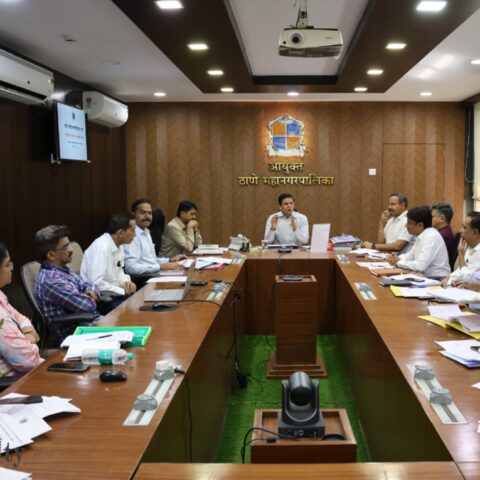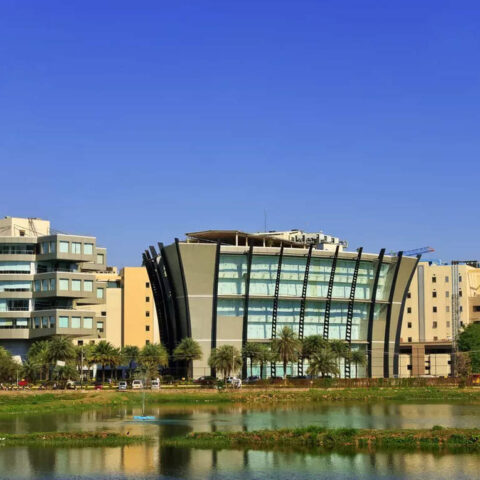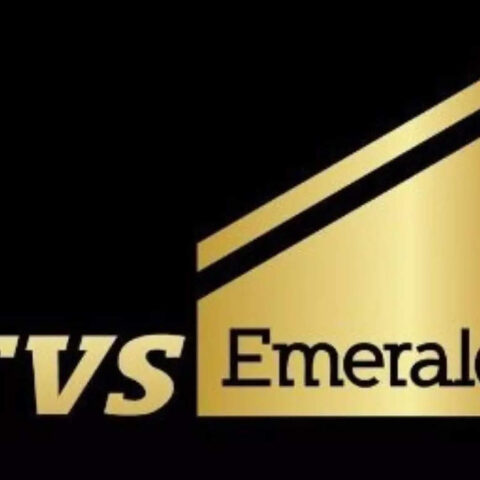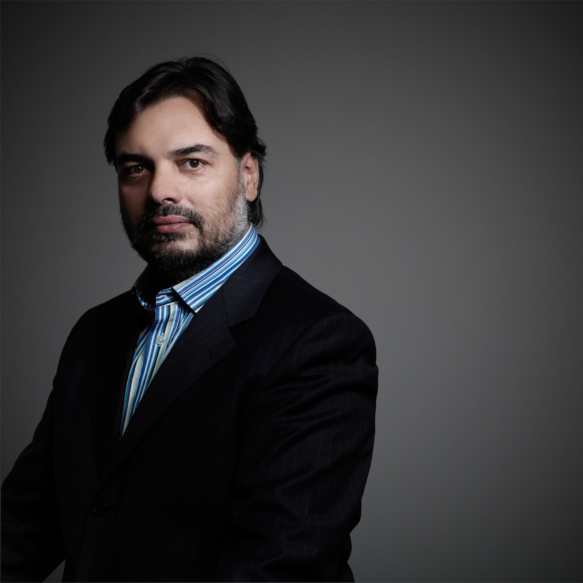
NEW DELHI: In January 2024, Jyotiraditya Scindia, civil aviation minister, had said that the Navi Mumbai International Airport (NMIA) will commence its operations by March 31, 2025. The physical and financial progress has been completed upto 55-60%. The project has seen an investment of Rs 18,000 crore.
The work on the project began in 2018, and the first two phases will have a capacity of handling two crore passengers per annum. It is being developed by the Adani Group in five phases. On completion, the passenger capacity will increase to nine crore per annum and the airport will have two runways and four terminals. Phase-I is expected to be operational from March 31, 2025.
A hundred percent green airport is being created in the first phase. In conversation with Ankit Sharma of ETRealty, Cristiano Ceccato, director, Zaha Hadid Architects (ZHA), which had been appointed as the architect of NMIA following an international design competition, talked about the design plans of the project and opportunities they see in India.
What is the current status of the Navi Mumbai International Airport project? And what is the current capacity?
Navi Mumbai International Airport is on site. It’s in advanced stages of construction. Our understanding is that the client is looking to make the building watertight and once the building is complete they will begin a process of operational readiness and airport transfer (ORAT). At present the project as I said is in construction. The runway has been constructed so it’s moving along pretty quick.
I think that’s designed capacity was 20 million passengers a year.
Why was Zaha Hadid interested in an airport project in India?
We have worked on airport projects all over the world. We are building the western Sydney airport, an airport in Beijing, a terminal is under-construction in Chongqing, China. So we like to work worldwide. I think I’d say there’s two things about it: one is of course airports are very big dynamic spaces and there’s always something that is specific about the design so that it becomes like a local regional gateway. The second point that’s really important is that the airports are kind of civic projects that bring people together from around the world.
I think India is a very big country, so there are many new projects in the pipeline that I think would be very interesting for us to look at in the future.
Would you be looking at most such projects in India? And do you see this as an opportunity for you as a company?
Yes, absolutely. I mean as they come up right? I mean these big airports don’t happen every day.I think one of the things you have to demonstrate is the capability to want to understand the location you’re working in and I think the ability to partner with people locally so that you can bring a certain expertise and design vision but you also collaborate to kind of stimulate what the local context is.
Are there any other projects that you’re working on in India?
I think there’s a lot of projects we’re looking at. About 5-10 projects. But I don’t believe at the moment there’s another active project. There are a lot of things In the pipeline in different parts of the country.
What are the top challenges that you face when you develop such a project and how did you overcome it?
I think the challenge, in the positive sense, certainly is that whenever you work around the world you have different cultures that include different business practices.. So to me that was something that we always learn on any project.
The second one, I think that was important particularly in Mumbai was the climate. We go from a very hard and dry season to the monsoon where we have copious amounts of water. So we have a building that has to really work for two completely different climates. So you have to design for these different situations and see how you can take advantage of that, for example harvesting water during the monsoon season that you can use in the dry month as greywater.
The third challenge is understanding the construction industry right because wherever we work around the world, we have to work with the local construction industry and understand their capabilities, price points so that we play to their strengths in the design.
Government wants to make it a green airport. We have been talking about carbon neutrality a lot. How do you make such projects sustainable or carbon neutral?
I mean if you’re talking about the building itself, I mean obviously you can look at how to be as carbon neutral as possible. Obviously a project like Navi faces environmental challenges of going from very harsh to very wet. So we look at how we can protect the building from the sun, rain. We harvest the water for greywater operations in the dry season. There’s also an aspect of airfield design where we can make it more efficient so that the taxing times from the gate to the runway is shorter so you spend less time driving around the airport and you can get it into the air as fast as possible.
So you try to reduce carbon expenditure simply because the airplanes themselves burn hydrocarbons in their burning fuel. So obviously the whole travel journey has got a carbon expenditure and we’ll have for The foreseeable future where we can try and reduce the carbon impact by understanding specific locales, which again depending where we’re working, will have very different strategies. Eventually, we are trying to create a building that is more friendly to the world.
The Navi Mumbai international airport has been delayed a lot? How do you make sure that you deliver such projects on time?
I think it’s about commitment. From our side when we take on a project and we get involved, we really do it like 200%. We did a lot of frequent travel to Mumbai. If you do a project anywhere, you’re gonna say I’m gonna actually go and do this for real and not remotely.
You have developed projects across countries. How would you compare a project in India to other countries?
I think what people are realizing is that the unique selling point (USP) for each project lies in its identity. You’re creating a new kind of gateway to a particular region. The thinking has changed a lot in the last 25 years when people just build glass boxes all over the world. The second part that goes with this is the idea of service. So people have moved from talking about passengers to treating passengers almost as guests like you would in a high-end hotel.






